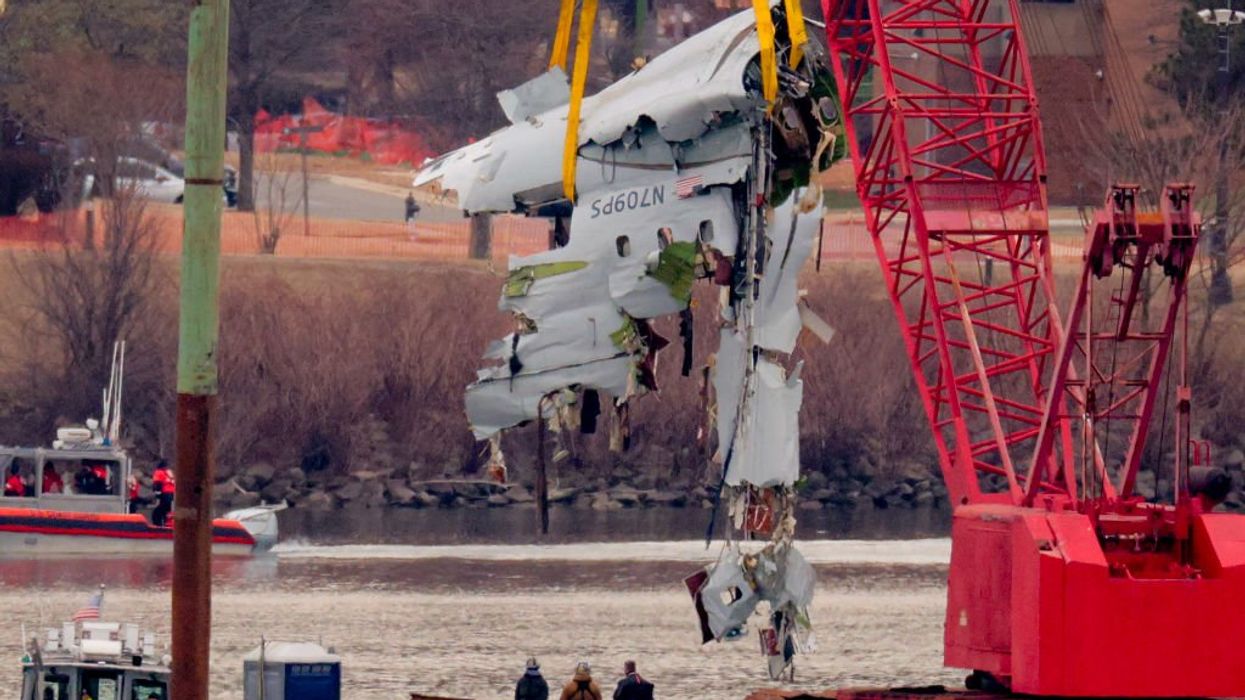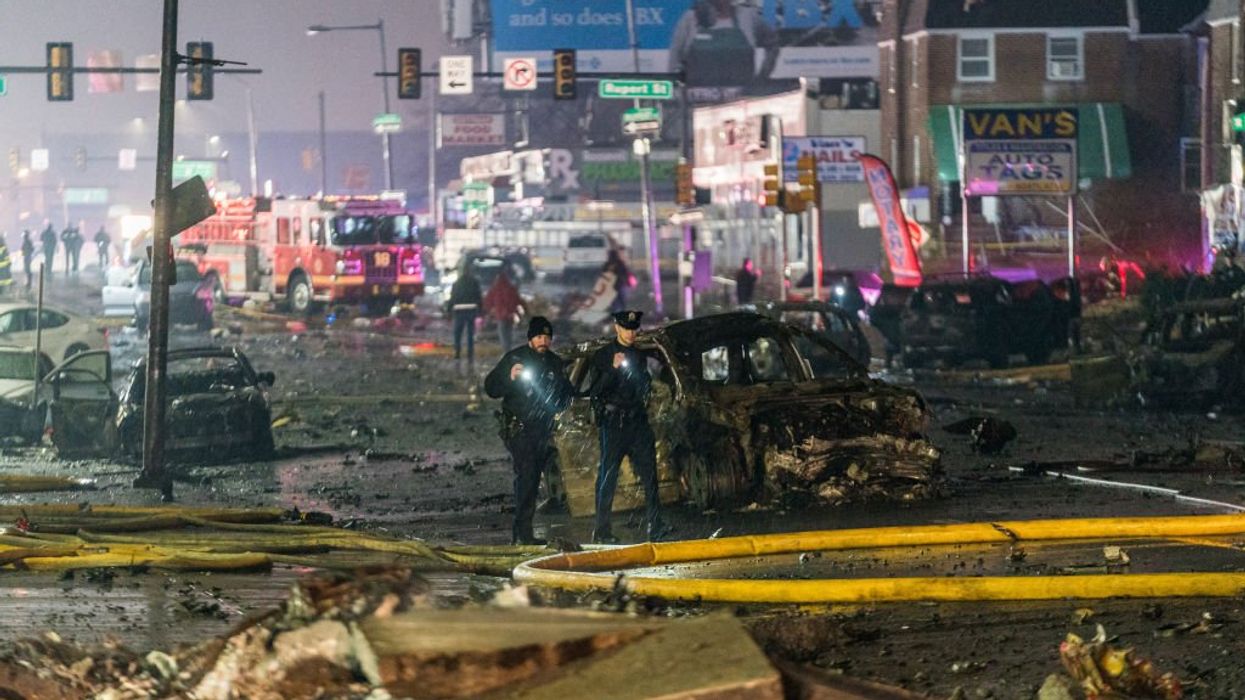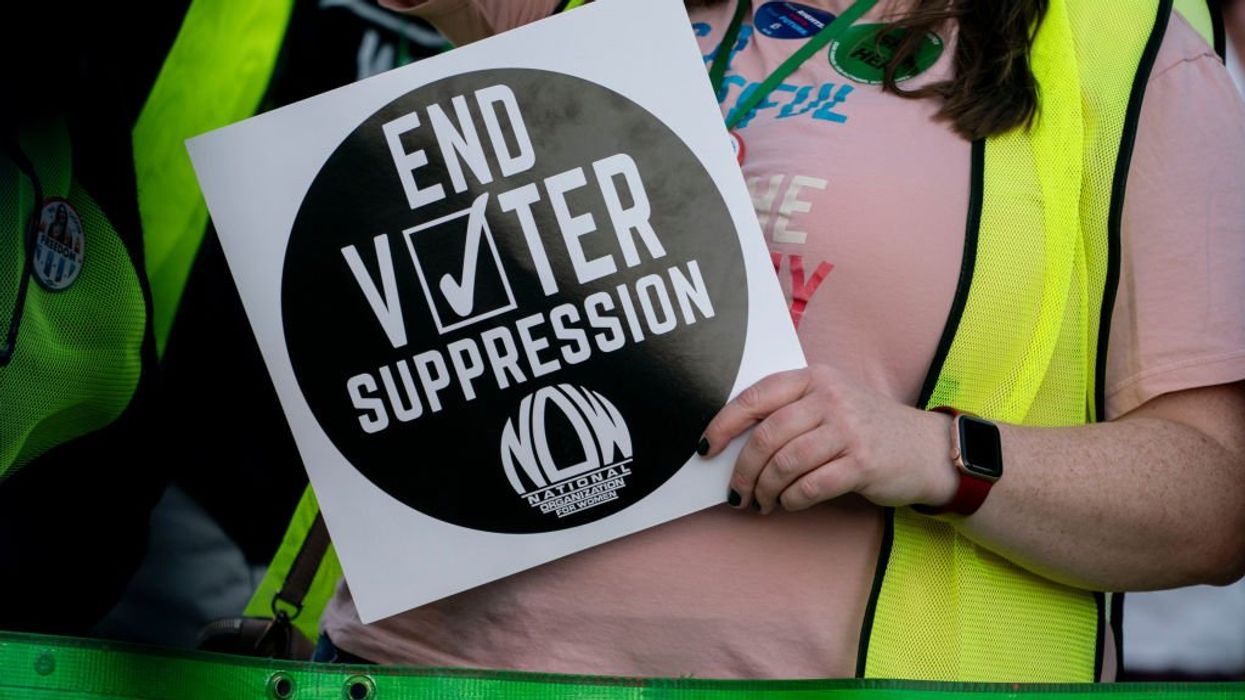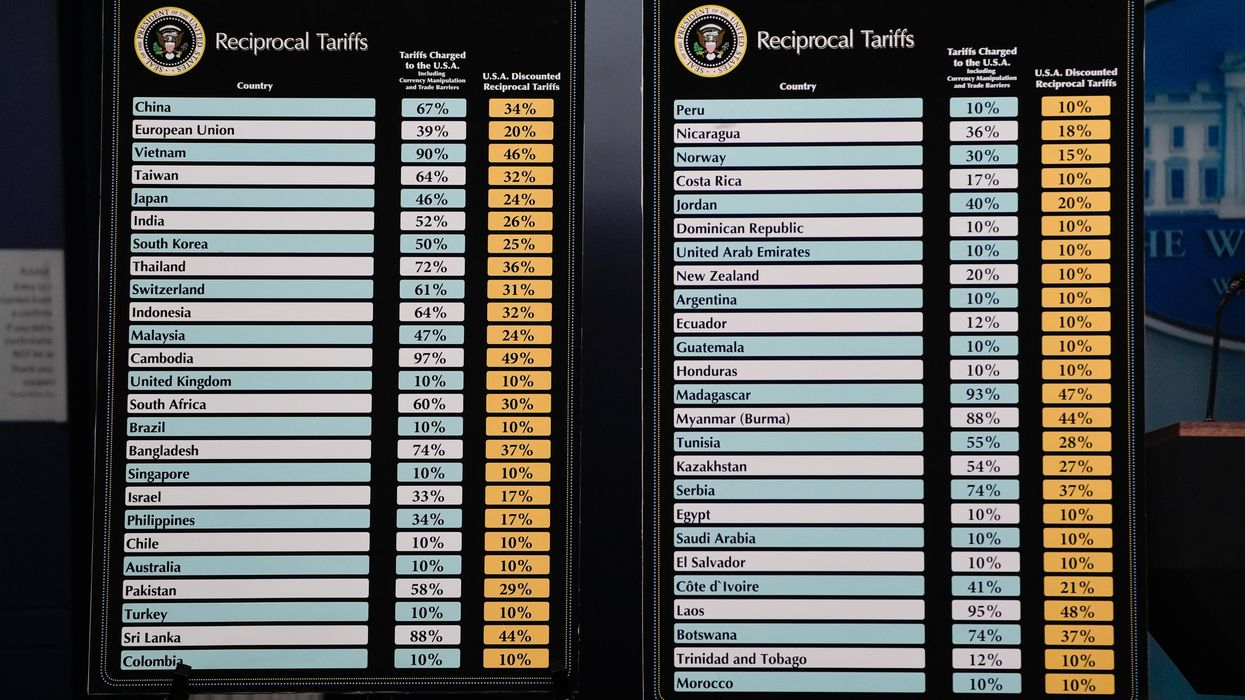World War III is a hot topic right now. Some are saying it will break out before Christmas. Is it that unrealistic? World War III was trending on Twitter earlier this year when Biden announced yet another of the many billion-dollar aid packages to Ukraine that, as the Kremlin warned, is funding a proxy war with Russia. We have continued to poke the bear, sending over $100 billion to Ukraine, while fueling Russia's campaign to forge a new axis of power with China, Iran, North Korea, and other anti-Western nations to counter the U.S.
We have continued to poke the bear.
Glenn has long warned about the development of this new anti-Western axis of power. Through the BRICS alliance, Russia, China, and Iran have provided developing nations that have been disillusioned by U.S. foreign policy an alternative to the U.S. dollar, severely diminishing its global influence. Moreover, Russia and China have strengthened their military alliance as the U.S. continues to deplete its munitions while neglecting its ever-weakening economy at home. If the anti-Western axis of power were looking for an opportunity to take advantage of America's weakness, it would be now.
Glenn has long warned about the development of this new anti-Western axis of power.
Following Hamas' terror attacks in Israel, World War III is trending again, and this time, it feels more imminent than ever. This new axis of power has escalated into military action to counter the American-Euro response to the conflict, inching towards the precipice of full-blown war. Here are five global events that demonstrate the deepening ties between the new axis of power—Russia, China, Iran, and North Korea—and how, as Glenn predicts, World War III is imminent.
China deploys 6 war ships to the Red Sea

Chinese soldiers stand at attention during a Navy celebration for the People's Liberation Army.
Following Hamas' terror attacks, China's People's Liberation Army deployed six warships to the Middle East. Though the Chinese Communist Party and White House National Security Advisor John Kirby deny any connection between the deployment and Hamas' terrorist attacks, Israel is calling their bluff, and Glenn is too.
China, Russia, and Iran hold joint military exercises off the Gulf of Oman

Russian ships depart Moscow headed to the Middle East.
STRINGER / Contributor | Getty Images
Shortly after China deployed its six warships to the Gulf of Oman, the Chinese People's Liberation Army (PCLA) engaged in joint military exercises with Russia and Qatar, the world's largest sponsor of the Muslim Brotherhood. Glenn said that these joint military exercises debunk any semblance of credibility to China's self-touted "neutral" deployment of six warships to the Middle East.
This is concerning for several reasons. First, China has sided with Arab nations, criticizing Israel's retaliatory military engagement in Gaza following the Hamas terror attacks. Chinese minister Wang Yi said Israel is "acting beyond self-defense" and continues to criticize the IDF's objective to take out Hamas. It is clear that China is no friend to Israel.
It is clear that China is no friend to Israel.
Moreover, China's military position in Africa poses a considerable geopolitical threat if the Israel-Hamas war becomes the catalyst for World War III. China maintains its only foreign military base in Djibouti, across the Gulf of Oman. These joint-military drills simulate the ease with which China could deploy additional troops from its naval base to the Middle East should the Israel-Hamas war erupt into a global conflict with Russia close behind.
US forces in Syria, Iraq, and the Red Sea come under attack

US troops operate a tank in Syria.
Anadolu Agency / Contributor | Getty Images
The Pentagon announced that U.S. forces based in the Middle East have been attacked at least 13 times in the past week. According to Brigadier-General Pat Ryder, American troops were targeted ten times in Iraq and three times in Syria “via a mix of one-way attack drones and rockets." Though Iran has yet to claim responsibility, the Pentagon said these attacks have "Iranian fingerprints all over it.”
Iran backs multiple militia groups in the Middle East, including the insurgent groups in Iraq and Syria that are suspected to have launched the recent attacks against U.S. troops in the region. In addition, Iran funds Houthi militias in Yemen, who incited an ongoing Yemeni Civil War against the U.S. and Saudi-backed Yemeni government. It is clear that Iran's military influence extends throughout the greater Middle East beyond its borders.
These attacks have "Iranian fingerprints all over it.”
Defense Secretary Lloyd Austin ordered the USS Dwight D. Eisenhower and the USS Gerald R. Ford aircraft carriers to the Middle East in addition to multiple retaliatory airstrikes over Syria in response to the Iranian-backed attacks, signaling the escalating tension between the two powers.
Russia’s foreign minister offers security talks with North Korea and China as he visits Pyongyang

Russian Foreign Minister Lavrov meets with North Korea's Kim Jon Un in Pyongyang to discuss ways to deter the US's growing military alliances in the region.
Anadolu Agency / Contributor | Getty Images
Russia has taken on the lead role in deepening ties of what Glenn has described as the "new Axis of power" with China, Iran, and North Korea. Most recently, Russia's chief diplomat, Foreign Minister Lavrov visited Kim Jong Un in Pyongyang to address what he described as the US's increasing regional military threats in the region. Lavrov said:
The United States, Japan, and South Korea intensifying military activity here and Washington working toward moving strategic infrastructure, including nuclear aspects, here, are of great concern to us and our North Korean friends.
North Korea has played a crucial role in supplying Russia with weapons, enabling the Kremlin to bypass international sanctions to fund their war effort in Ukraine. The White House reported that North Korea had delivered more than 1,000 containers of military equipment and munitions to Russia. The revolving aid between traditionally sanctioned countries like Russia and North Korea demonstrates the decreasing effectiveness of Western sanctions to deter global aggression towards U.S. allies.
39 countries are ready to join the BRICS alliance in 2024

Putin, Xi, and other world leaders gather at the South African BRICS summit.
Xinhua News Agency / Contributor | Getty Images
Glenn has long warned of the threat the BRICS alliance poses to the U.S. dollar and, consequently, the U.S.'s national security. BRICS was originally founded by Brazil, Russia, India, China, and South Africa to provide an alternative to the U.S. dollar's global dominance in international trade. The dollar has been the default international currency since the end of World War I due to its stability and dependability compared to other currencies. This position gives the U.S. major leverage in geopolitical relationships.
BRICS provides an alternative to the U.S. dollar's global dominance in international trade.
However, BRICS has significantly diminished the U.S. dollar's global significance, giving developing nations who have been disillusioned by U.S. foreign policy a tantalizing alternative. The alliance has already enabled Russia, China, and Iran to bypass sanctions and solidify their influence in Africa and South America. Now, with Iran formally joining the alliance in 2024, Russia, China, and Iran will have an established means of bypassing Western sanctions and the "petrodollar" to build their parallel global economy.
Should a global war erupt, the petrodollar and sanctions will be rendered useless to stifle the war efforts of the opposing powers. Moreover, BRICS is expanding into 34 countries in 2024, shifting many countries that have traditionally looked to the U.S. for economic partnership elsewhere. As the developing world is being pulled towards the East, the U.S.'s historic economic supremacy during wartime would be severely diminished.

















